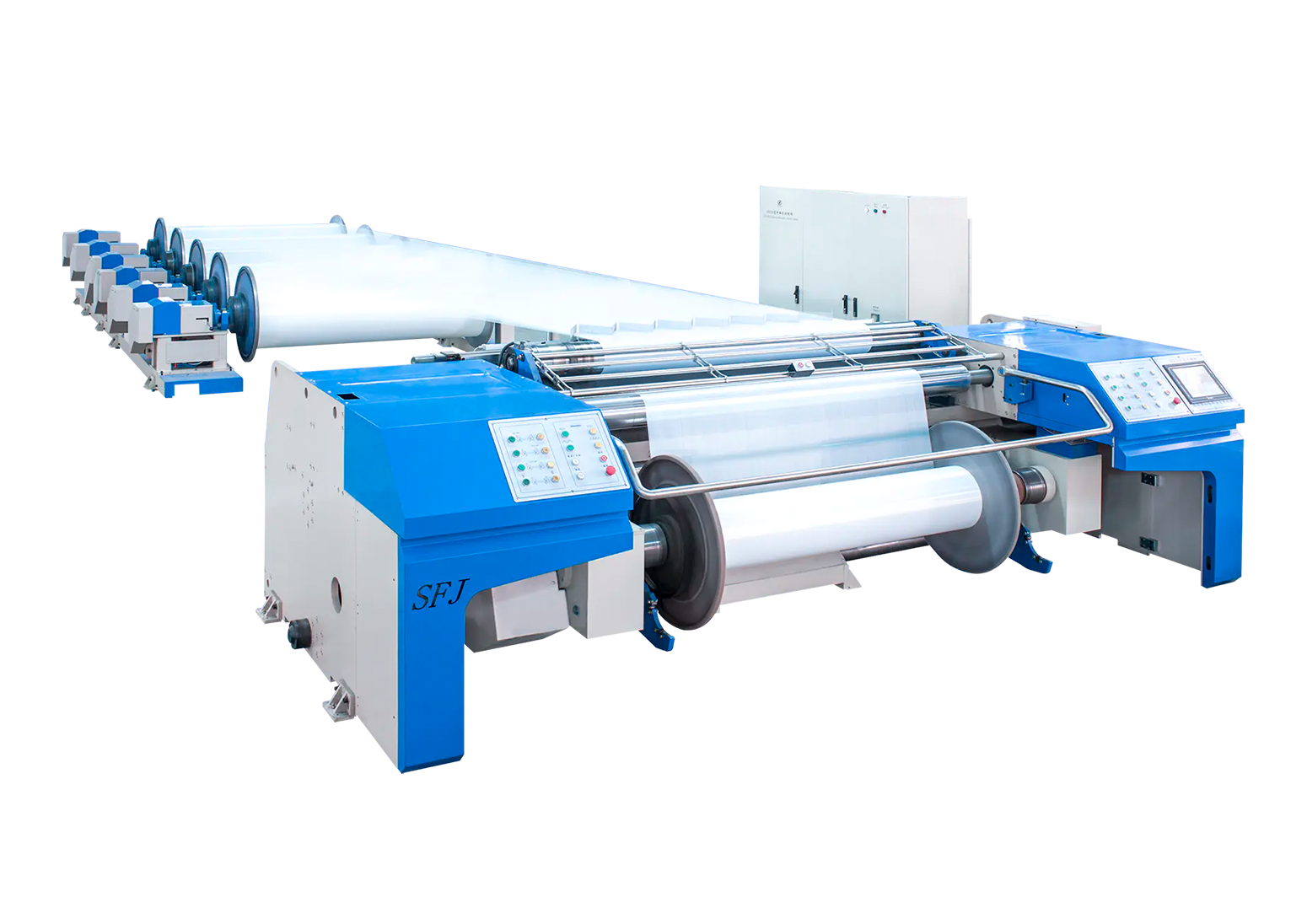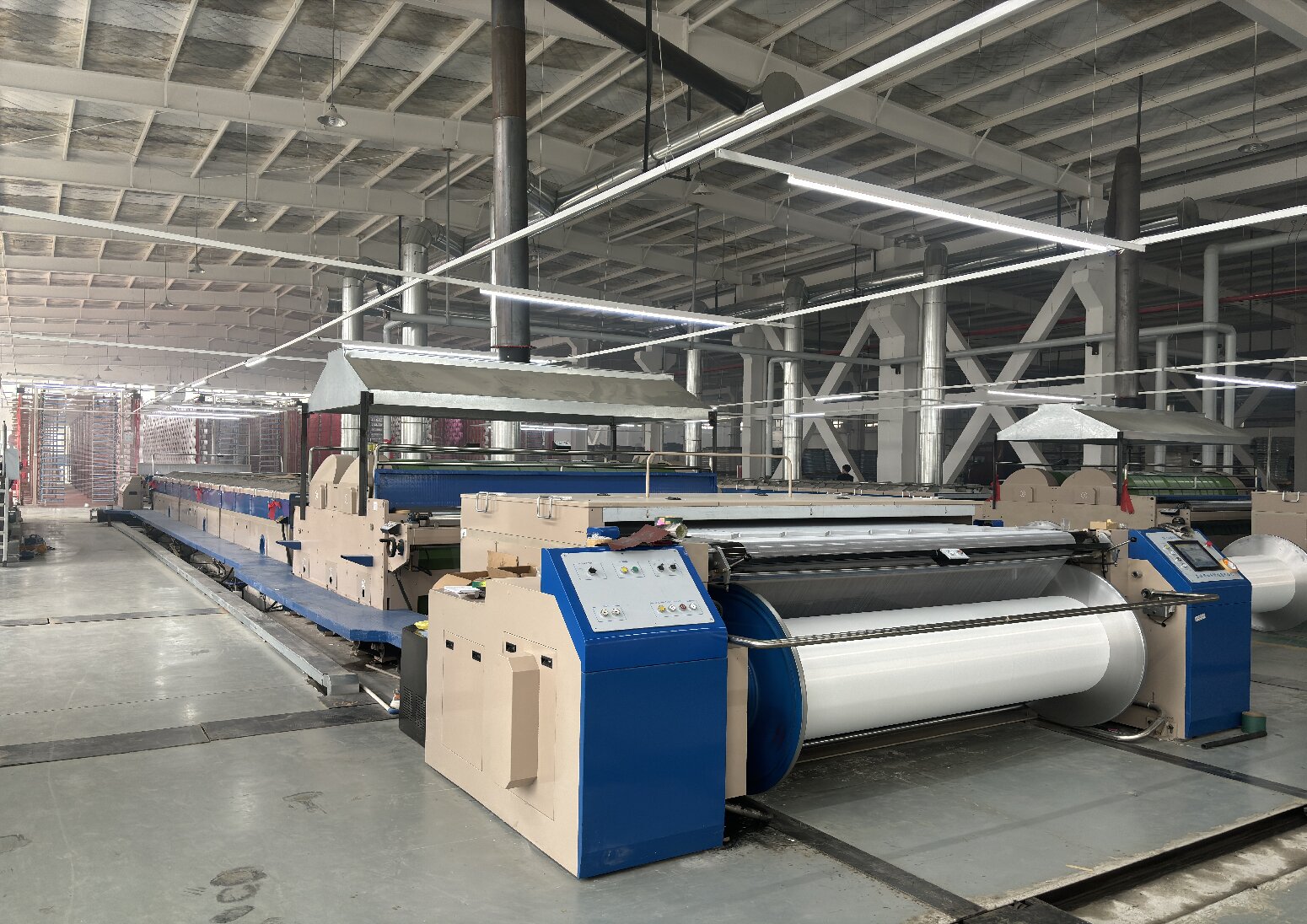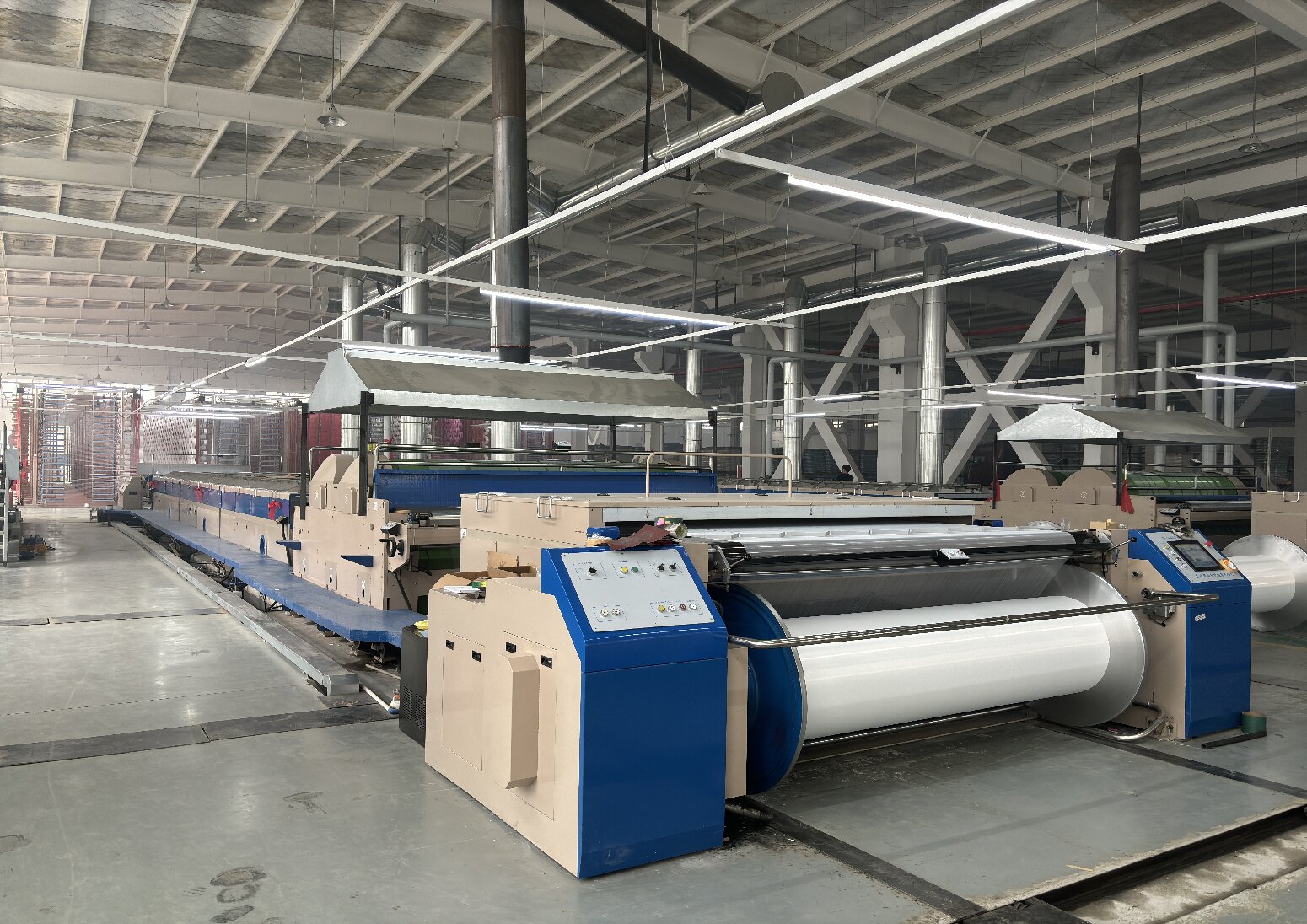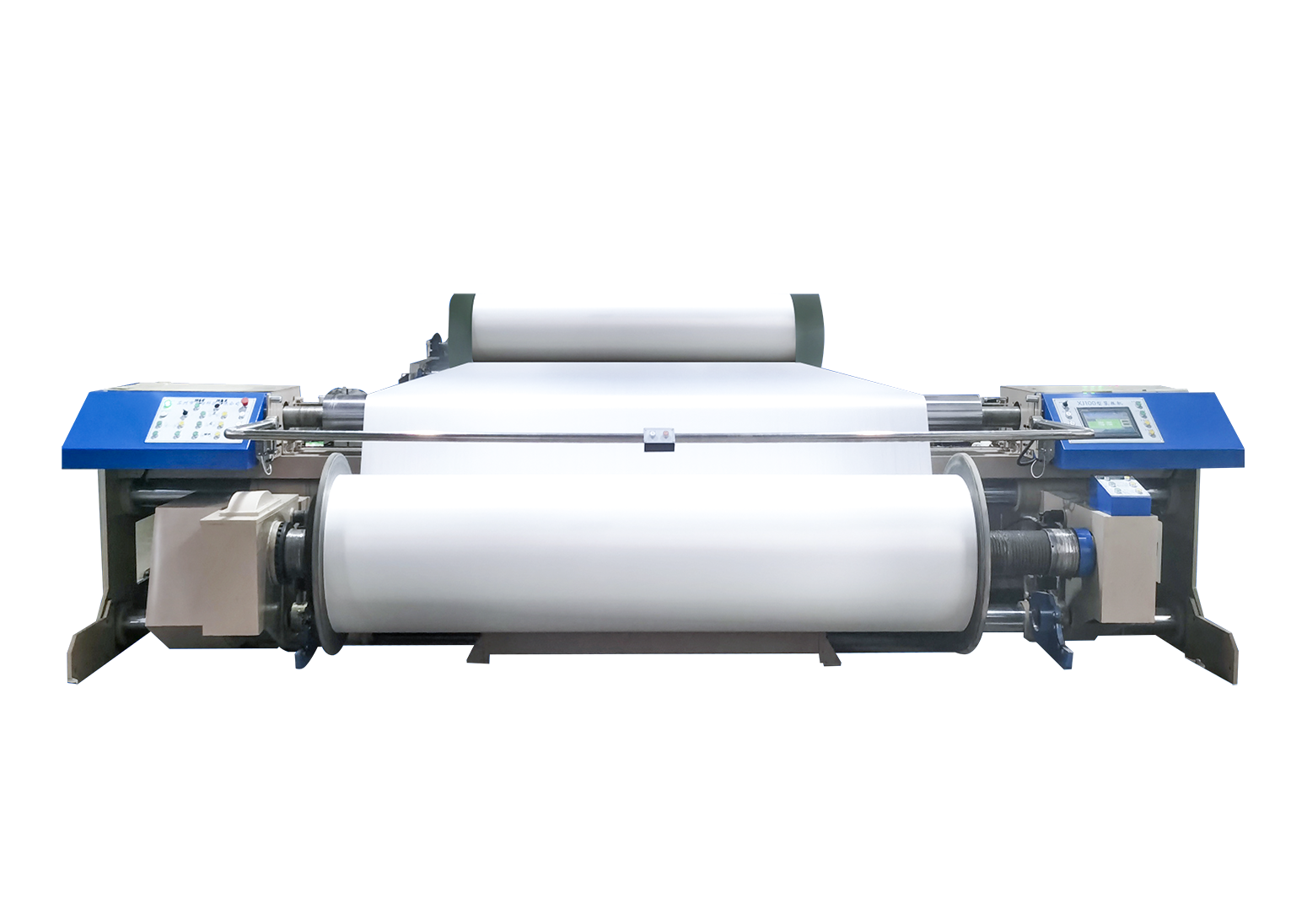Unraveling the Components: Inside the Warping Machine
A warping machine is a crucial piece of equipment in the textile industry, facilitating the process of preparing yarn for weaving. It's composed of several key components, each playing a specific role in ensuring the efficient and precise winding of yarn onto a warp beam. Let's explore the components of a warping machine in detail:
1. Creel:
The creel is the starting point of the warping process. It's a frame-like structure that holds multiple yarn packages or cones in a vertical arrangement. The primary function of the creel is to provide a steady supply of yarn to the warping machine. Yarns from the creel are fed into the machine through tensioning devices.
2. Tensioning Devices:
Tensioning devices are crucial components that ensure proper tension control throughout the warping process. They come in various forms, including tension rods, tension discs, and tension rollers. These devices apply the necessary tension to the yarn as it passes through the machine, preventing overstretching or breakage. Consistent tension is essential for producing high-quality warp beams with uniform yarn tension.
3. Warping Drum:
The warping drum is the central component of the warping machine. It is a cylindrical drum or roller around which the yarn is wound to form the warp beam. The drum rotates at a controlled speed, guiding the yarn onto the beam in a precise and uniform manner. The diameter of the warping drum can vary depending on the width and length of the warp beam being produced.
4. Warp Beam:
The warp beam is the final product of the warping process. It's a large cylindrical roller onto which the yarn is wound in a parallel arrangement. Once the winding process is complete, the warp beam can be removed from the machine and transferred to the loom for weaving. Warp beams come in different sizes and configurations to suit the requirements of specific weaving machines and fabric designs.
5. Electronic Controls:
Modern warping machines are equipped with sophisticated electronic control systems that allow operators to adjust various parameters of the warping process. These controls enable precise regulation of winding speed, tension levels, yarn alignment, and other critical factors. Electronic sensors and monitoring systems help ensure consistent quality and efficiency throughout the production process.
6. Drive Mechanism:
The drive mechanism is responsible for powering the rotation of the warping drum. It may consist of electric motors, gears, belts, or chains that transmit rotational motion to the drum. The drive mechanism must be robust and reliable to maintain consistent winding speed and tension control during operation.
7. Beam Mounting System:
The beam mounting system holds the warp beam securely in place during the winding process. It typically includes adjustable brackets or clamps that allow for easy installation and removal of the beam. Proper alignment and tensioning of the warp beam are essential to ensure uniform winding and prevent slippage or distortion.
8. Auxiliary Components:
In addition to the main components mentioned above, warping machines may incorporate various auxiliary systems and accessories to enhance functionality and performance. These may include yarn break sensors, anti-static devices, lubrication systems, and dust extraction systems.
In conclusion, a warping machine is a complex assembly of components designed to streamline the process of preparing yarn for weaving. Each component plays a critical role in ensuring the quality, efficiency, and reliability of the warping process. By understanding the functions and interactions of these components, textile manufacturers can optimize their production processes and achieve consistent results in fabric production.



 中文简体
中文简体








